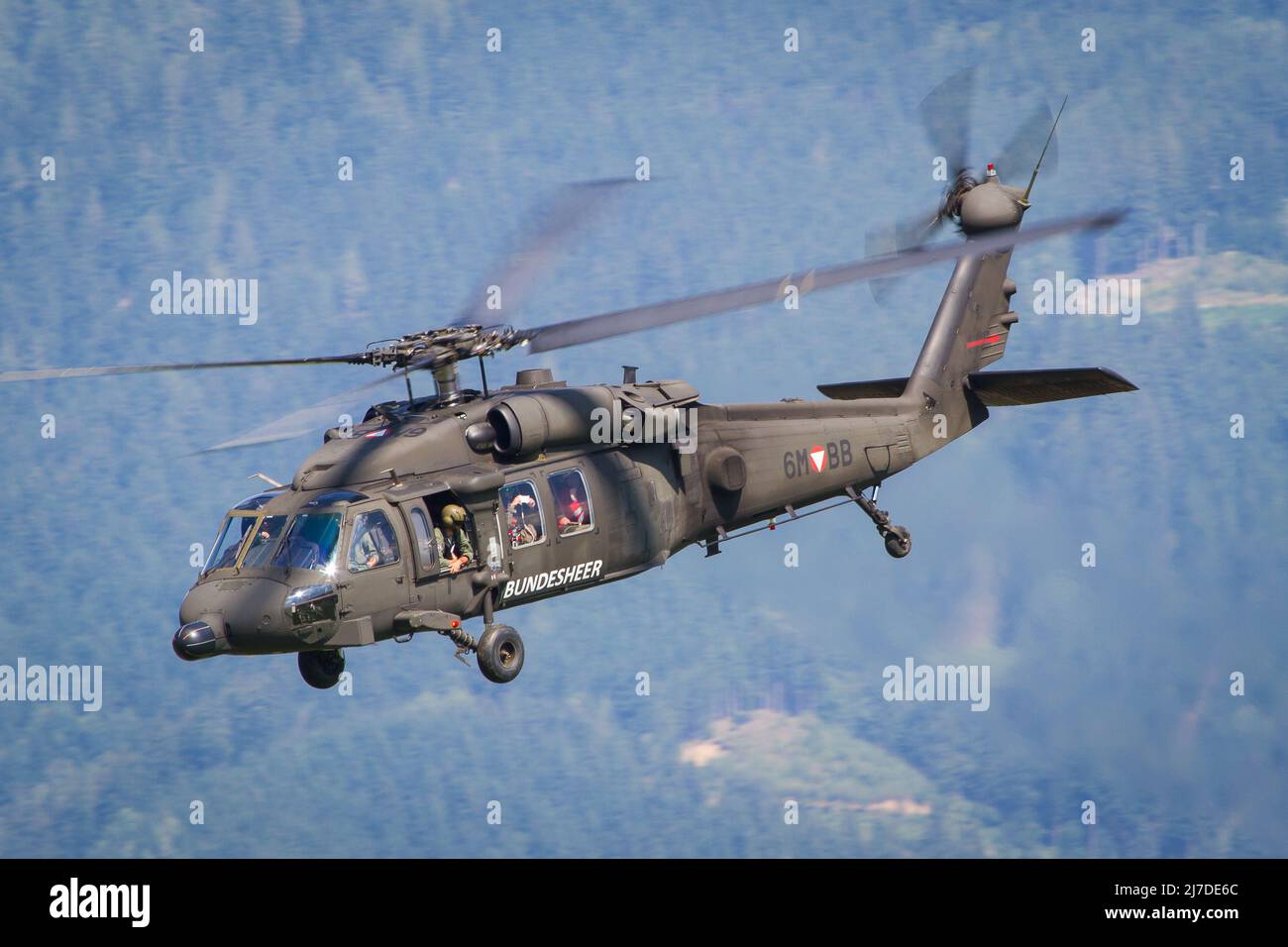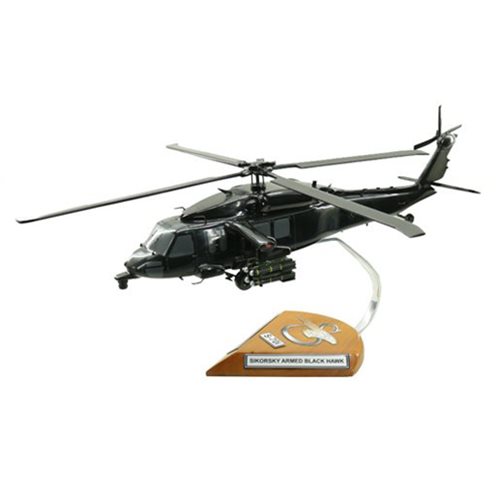Sikorsky S 70: Changing Tactical Workflow with Cutting-Edge Technology
Sikorsky S 70: Changing Tactical Workflow with Cutting-Edge Technology
Blog Article
High-Performance Multi-Role Rotorcraft Featuring Advanced Cabin Technologies and Integrated Sensing Unit Systems
The realm of rotorcraft innovation has actually seen significant innovations in current times, specifically in the world of high-performance multi-role rotorcraft outfitted with cutting-edge cockpit innovations and flawlessly incorporated sensor systems. In the following discussion, we will certainly check out the development of rotorcraft modern technology, dig right into the realm of sophisticated cockpit innovations, and examine the implications of incorporated sensor systems on the functional convenience and effectiveness of modern rotorcraft.
Evolution of Rotorcraft Innovation
The evolution of rotorcraft technology has been marked by substantial improvements in aerodynamics, materials, and propulsion systems, forming the capabilities and performance of modern rotorcraft. Wind resistant renovations have improved the performance and maneuverability of rotorcraft, permitting raised speed, dexterity, and security throughout trip (sikorsky s 70). Technologies in materials, such as the usage of composite products and progressed alloys, have led to lighter yet stronger rotorcraft frameworks, boosting overall efficiency and toughness. Furthermore, advancements in propulsion systems, including much more powerful engines and ingenious propulsion innovations, have made it possible for rotorcraft to attain greater altitudes, faster speeds, and greater hauls.
These developments have not only changed the capacities of rotorcraft but have also increased their applications across numerous sectors, consisting of military, commercial, and emergency services. The continual evolution of rotorcraft technology remains to drive innovation in the area, pressing the borders of what is feasible and shaping the future of upright flight.
Advanced Cabin Innovations
Structure upon the fundamental improvements in aerodynamics, products, and propulsion systems, the realm of rotorcraft innovation currently changes emphasis towards introducing Advanced Cabin Innovations. The integration of advanced innovations within the cabin environment plays a crucial role in boosting the operational capabilities, security, and efficiency of modern rotorcraft. sikorsky s 70. Advanced Cockpit Innovations incorporate a wide array of functions designed to give pilots with boosted situational recognition, streamlined data management, and instinctive control interfaces
Among the key developments in cockpit design is the execution of glass cockpits, which change standard analog assesses with high-resolution screens. These electronic systems use adjustable layouts, real-time data assimilation, and enhanced readability, allowing pilots to access important info at a glimpse. Additionally, progressed avionics systems, such as fly-by-wire controls and increased truth display screens, are changing how pilots interact with the airplane, enabling precise control and improved decision-making abilities.


Incorporating innovative cabin advancements not just boosts pilot efficiency yet additionally adds to general goal efficiency and safety and security in intricate operational settings. By leveraging modern modern technologies within the cabin, rotorcraft suppliers are establishing brand-new requirements for functional quality and objective success.
Integrated Sensing Unit Equipments
With the advancement of rotorcraft innovation, the combination of sophisticated Integrated Sensor Solution has ended up being vital in boosting operational effectiveness and safety. These Integrated Sensing unit Systems include a vast array of technologies that offer vital data for numerous functions such as navigating, surveillance, targeting, and ecological monitoring. By flawlessly incorporating sensing units like radars, cams, lidar, and infrared systems into rotorcraft, drivers can take advantage of enhanced situational recognition, enhanced goal abilities, and lowered pilot workload.
One secret advantage of Integrated Sensing unit Equipments is their capability to gather real-time information and provide actionable understandings to pilots and goal operators. For instance, advanced radar systems can identify and track targets over fars away, permitting early risk discovery and effective feedback planning. In addition, integrating electro-optical and infrared cams makes it possible for rotorcraft to perform reconnaissance and monitoring goals with accuracy and accuracy.
In essence, the assimilation of cutting-edge sensor technologies right into rotorcraft not just enhances functional performance yet also adds substantially to general goal success and crew safety and security. As rotorcraft remain to evolve, the duty of Integrated Sensor Systems will definitely remain at the center of advancement in the aerospace industry.
Functional Flexibility and Performance
Enhancing operational convenience and performance in rotorcraft is an all-natural progression from the integration of advanced Integrated Sensing unit Solutions. By leveraging the information and insights supplied by these sophisticated sensor systems, rotorcraft can optimize their efficiency across numerous missions and environments.
Functional flexibility incorporates the ability of rotorcraft to adapt to different roles and situations effectively. With innovative cockpit modern technologies and incorporated sensor systems, rotorcraft can flawlessly shift in between go to this website tasks such as search and rescue, medical evacuation, monitoring, and extra. This versatility enhances the rotorcraft's capacity to fulfill varied functional requirements without needing substantial reconfiguration.
Efficiency in rotorcraft procedures is critical for making best use of goal effectiveness and resource utilization. Integrated sensing unit systems play a crucial role in improving operational performance by giving real-time information on weather, surface mapping, target monitoring, and extra. This information enables pilots to make informed choices quickly, maximize flight courses, save gas, and boost overall objective efficiency.
Effect On Modern Aviation Workflow

In addition, the combination of advanced sensors facilitates improved goal preparation and execution, enabling rotorcraft to execute a wide variety of tasks with improved precision. From search and rescue procedures to aerial firefighting and regulation enforcement missions, the abilities of contemporary rotorcraft furnished with sophisticated cabin modern technologies and incorporated sensing unit systems are unrivaled.
Moreover, the impact of these advancements extends past operational efficiency to cost-effectiveness and sustainability. By enhancing flight paths, fuel usage, and maintenance timetables, high-performance additional resources rotorcraft equipped with advanced cabin technologies and sensing units contribute to decreasing functional expenses and ecological influence, making them essential properties in modern-day air travel procedures.
Conclusion
To conclude, the article source high-performance multi-role rotorcraft with sophisticated cockpit innovations and incorporated sensor systems stands for a substantial evolution in aeronautics technology. These advancements boost functional convenience and performance, inevitably affecting modern aviation operations in a favorable method. The integration of these sophisticated technologies enables improved capabilities and efficiency in numerous mission circumstances, showcasing the continued innovation of rotorcraft innovation in the air travel sector.
The world of rotorcraft innovation has actually seen remarkable improvements in recent times, particularly in the world of high-performance multi-role rotorcraft geared up with advanced cockpit modern technologies and effortlessly integrated sensing unit systems. From improved objective flexibility to enhanced operational performance, the convergence of advanced cabin modern technologies and integrated sensing unit systems has ushered in a brand-new period of opportunities for rotorcraft applications. In the adhering to discussion, we will certainly discover the development of rotorcraft innovation, dig into the world of sophisticated cockpit advancements, and examine the ramifications of incorporated sensing unit systems on the operational adaptability and performance of modern-day rotorcraft.

Report this page